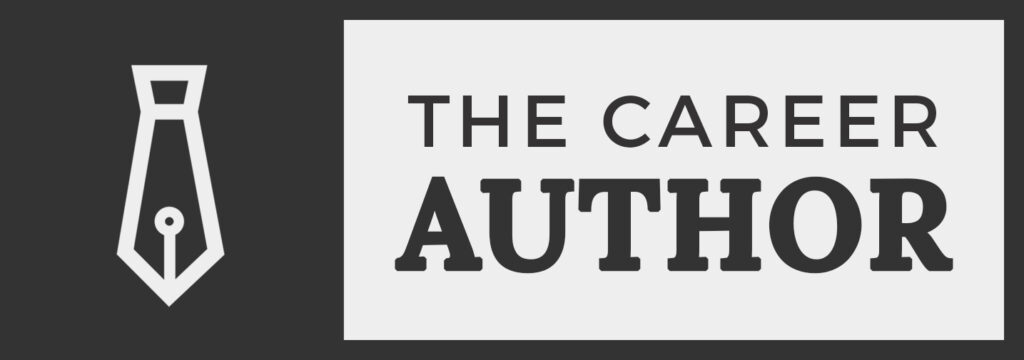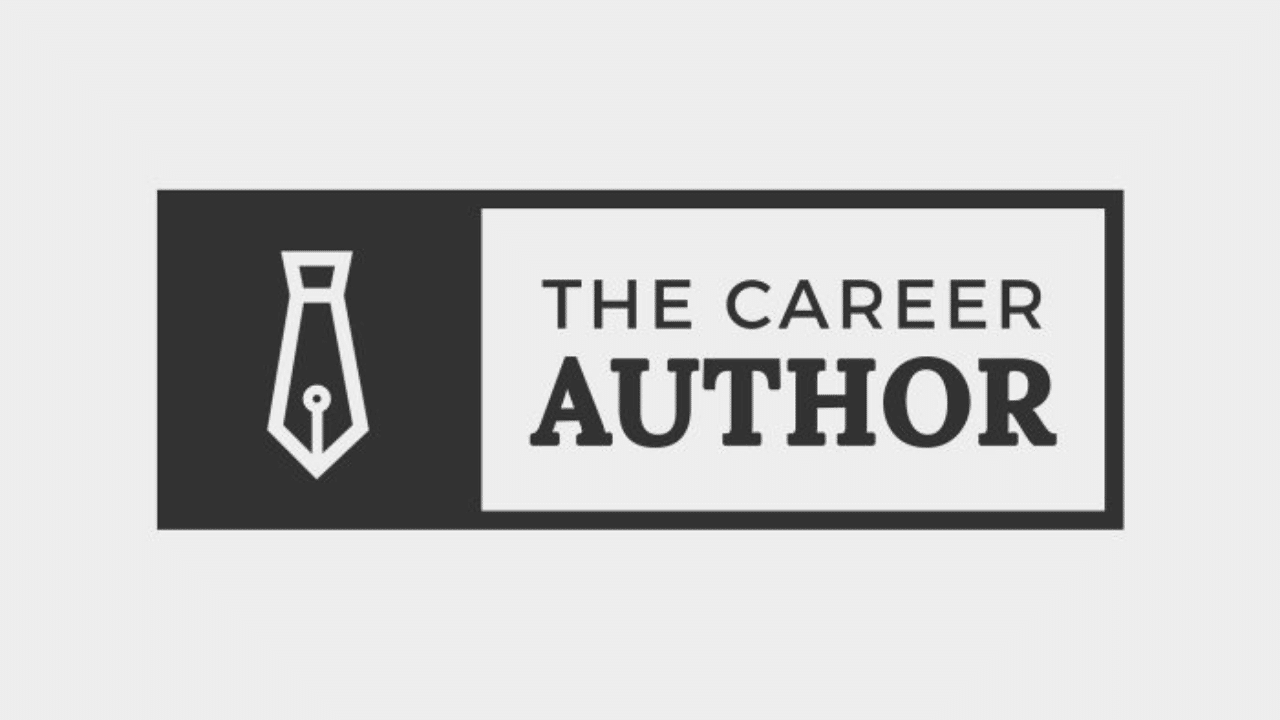Hooking the Reader with Your First Chapter
If you’re walking through the grocery store and an employee offers you a free sample of a new brand of cheese. You’re likely to taste it. If you like the cheese, you might buy some. But if it tastes terrible, you won’t buy the product.
Reading behaviors aren’t any different. Hooking the reader with your first chapter is a critical and yet overlooked element of being an independent author or publisher. A snazzy cover and singing blurb only gets you so far. If the story doesn’t deliver, you’ll lose the sale. Lucky for us, we know readers always start the book with chapter one.
Join J. and Zach as they discuss the anatomy of a strong first chapter so you’ll know what to do and what to avoid in yours.
The Career Author Podcast is a podcast where co-authors J. Thorn and Zach Bohannon share their struggles and successes as full-time authors, advice for improving your writing craft, and honest discussions of what it takes to build a successful career as an author.
In this episode, you’ll discover:
- The mindset you need for that first chapter
- Which logistics to consider
- Elements of characterization that are important
- How form and style can set your writing apart
Also, J. recommends an outline and productivity tool.
Send us your ways and hacks – https://thecareerauthor.com/waysandhacks/
Leave us a comment: What are your tricks or tips for writing your first chapter?
Thanks to our new Patron, Stephanie Bond.
Podcast sponsored by Kobo Writing Life – https://writinglife.kobobooks.com
Get exclusive bonus content by supporting The Career Author Podcast on Patreon at www.patreon.com/thecareerauthor
Want to work with us? Get the details at https://thecareerauthor.com/services/
Links:
Workflowy – https://workflowy.com/
2021 Events – https://thecareerauthor.com/events/
Chapter Check service – https://chaptercheck.com/
The Career Author YouTube Channel – https://www.youtube.com/thecareerauthor
Three Story Method – https://books2read.com/threestorymethod
Three Story Method Workbook – https://amzn.to/37SAR1a
Molten Universe Media – http://www.moltenuniversemedia.com


Comments
23 responses to “The Career Author Podcast: Episode 139 – Hooking the Reader with Your First Chapter”
I know for me, as still a heavy pantser, first chapters are about bringing people aboard. So, I make sure it is exciting. SOMETHING needs to happen that will make the reader look inside and go, “I have to find out what is going on.”
I try to make the first chapter be something that different. By the end of the first paragraph, I want to set a hook in to pull the reader along. Might be something small, but something different or unusual, something not of the norm. Even if it’s just a detective hearing a strange noise coming towards his office, at the end of that first paragraph, the reveal that the weird noise was the stomping of a grafted on foot, and the client is demanding to find where his foot went.
Now, I should have the reader’s attention. Now I could move on and start more worldbuilding.
At least that is what I try to do.
Chris is so jealous.
You’re exactly right. You’ve got to hook the reader and, as you said, make them go, “I have to find out what is going on!”
BOOM, got it in before Chris. Score!
Morning guys.
Your way today J looks interesting. I do something similar with Scrivener but I’ll check out the free version of Workflowy.
I love great first lines; my favourite is; ‘It was the best of times it was the worst of times…’ To contradict you, these things can be created to order, if one knows the style of the sentence. In this case the style is called an antithesis. A readable book called ‘The Elements of Eloquence’ by Mark Forsyth explains this and many other styles of sentences; I highly recommend it as one of the most interesting books on writing style ever It uses examples from the Bible, Shakespeare, Dickens, Steinbeck Star Wars, Dirty Harry, JFK and The Police among many others. What’s not to like?
To answer your question one tip is write your book then ditch chapter one. It was common for unpublished writers to start a book with the protagonist waking up with a hangover which is now a cliche, but the advice is still apposite given the benefit of starting ‘in media res’.
A second tip might be to give the protagonist an immediate problem to solve (not to be solved in chapter one) before they get to the Inciting Incident. This initial problem could showcase the internal need of the protagonist or foreshadow the greater problem the Inciting Incident will bring.
Third and final tip is to read the chapter out loud for flow and all the other stuff.
Great show today guys. More of the same please.
Well done for the score Lon, but it’s 4th and 99 with 3 seconds to go.
Great tips, Chris! The Forsythe book looks fascinating.
I’ve never thought of the first chapter as a marketing tool. That’s really brilliant.
Since my last two series have been supernatural crime novels, the first chapter has always had a crime (or crime scene) and something supernatural.
After I finish the fourth and final book in my current series, I’m pondering writing a big sweeping fictional memoir. Your episode really has me thinking about how it should start.
Nice!
I also love the idea of the first chapter as a marketing tool. When I think about all the giveaways writers invest in to entice readers to buy a book–pens, notepads, emory boards, bookmarks, etc., the only giveaway that’s ever converted me to a reader is a great excerpt.
That’s awesome!
Agreed!
I start with showing right away some sort of conflict the character is experiencing or just with their current state of mind. For instance…
I have a character who’s mother has just died. He is grappling with the fact that he is not mourning her loss. He grew up with money but not the love and approval of his parents, which is all he ever really wanted. He realizes that you CAN miss what you never had. But it’s too late now. He can never have his mother’s love.
In the first scene of another book a young woman is gazing at a framed picture of her fiance, who was suddenly killed 2 years ago. She puts the picture into a bedside drawer out of sight because if she leaves his picture on the beside table her family will take it as a sign she isn’t far enough into her grief. She is not ready to stop grieving and move on, but she feels pressure from family and friends to get on with her life.
In another opening scene the main character, a known serial dater, is at a wedding watching his friends dancing with the loves of their lives. He realizes he is the last man standing. Yet he can’t image finding that one woman he wants to spend his entire life with. At the same time he realizes that at 30 he can’t act like a frat boy forever. In addition, the sudden death of one of his friends has forced him to grow up and realize that he should take life more seriously. He is ready for a change.
I get right into the characters’ mindsets in the first chapter. No weaving it in throughout several chapters. The reader knows from the outset what the character is thinking and feeling. I feel that way the reader can jump right in there with the character and immediately join the character’s journey.
Yes! Jump right into it.
I’ve been a pro user of Workflowy for several years – it just fits my INTJ brain. The main way I use it is for my personal knowledge base – like snippets of items I want to try or don’t want to forget from a podcast (works best if there’s a transcript – I just copy/paste the paragraph of cool thing) and building checklists with links or notes. Putting them into outline with like 5+ nesting is where this software shines. Here’s a read-only of one of my sections that I compiled so you can see how I’m using it: https://workflowy.com/s/business-tax-deducti/AIiSq9waQm7zzr0e
A couple of tips:1) There’s tons of hidden power that their documentation doesn’t really cover well. I recommend picking up https://www.productivitymashup.com/do-way-way-more-in-workflowy/ (get on his mailing list because he runs 50% off sales like 4x per year – currently one this week with the use of “PENNY” – btw, no affiliate here).
2) there’s a WFx Extension that includes like 90+ scripts to supercharge even more
3) search their blog for how other creators use it
Wow! I had no idea. Thanks for sharing this. I’m loving Workflowy more each day…
You just dropped so much Workflowy knowledge on J. and I can feel his excitement!
Agreed!
For the Lizzy Ballard Thrillers, I wrote the whole novel in chronological order, then pulled out a part of the climactic scene as a teaser and used that as a short “flashforward” first chapter. It definitely functions as a piece of marketing, as you recommend, although I didn’t think of it that way at the time–that’s a very useful way of framing it. Thanks for another great episode!
Great idea!
First off I am glad I am now in Zach’s Landmark Mind.
Second off, I remember jamming to L7 back in the day. Going to check out that documentary.
Third off, I used to use workflowy all the time with my last job when the CTO introduced me to it. I switched to a local one drive todo system via VS code and an extension.
Fourth off, I held off on this post until I found out the score of the Dallas game. Congrats Zach. J and I can just watch wistfully while your team goes deep into the playoffs.
Fifth off, damn this podcast is inline with my thoughts some times.
I need to revamp my first chapter and you guys delivered. I am still smoothing out the editing pass after I get my notes back from my editor but a rewrite of the first chapter is now going into the hopper for a final polish. Or as J said a rewrite a few times.
Sixth off, thanks for your wisdom
That’s it for now. Good job guys. Great work. I will most likely listen to you next week.
This ends my landmark comment.
Six offs? Truly landmark.
I’ve tackled 2nd person present tense in a novella I wrote. The story itself is a bit meta and includes the reader as a character of the narrative, so the choice in POV fit well. The 2nd person doesn’t come in until about half way through the book, and I don’t think I could have sustained it for a full length novel, but it served its function pretty well and I was very happy with the result. It was a neat little experiment and a great learning exercise. It’s fun to try new challenging techniques.
I agree! I’ve dabbled with 2nd POV too and it s a great learning exercise.